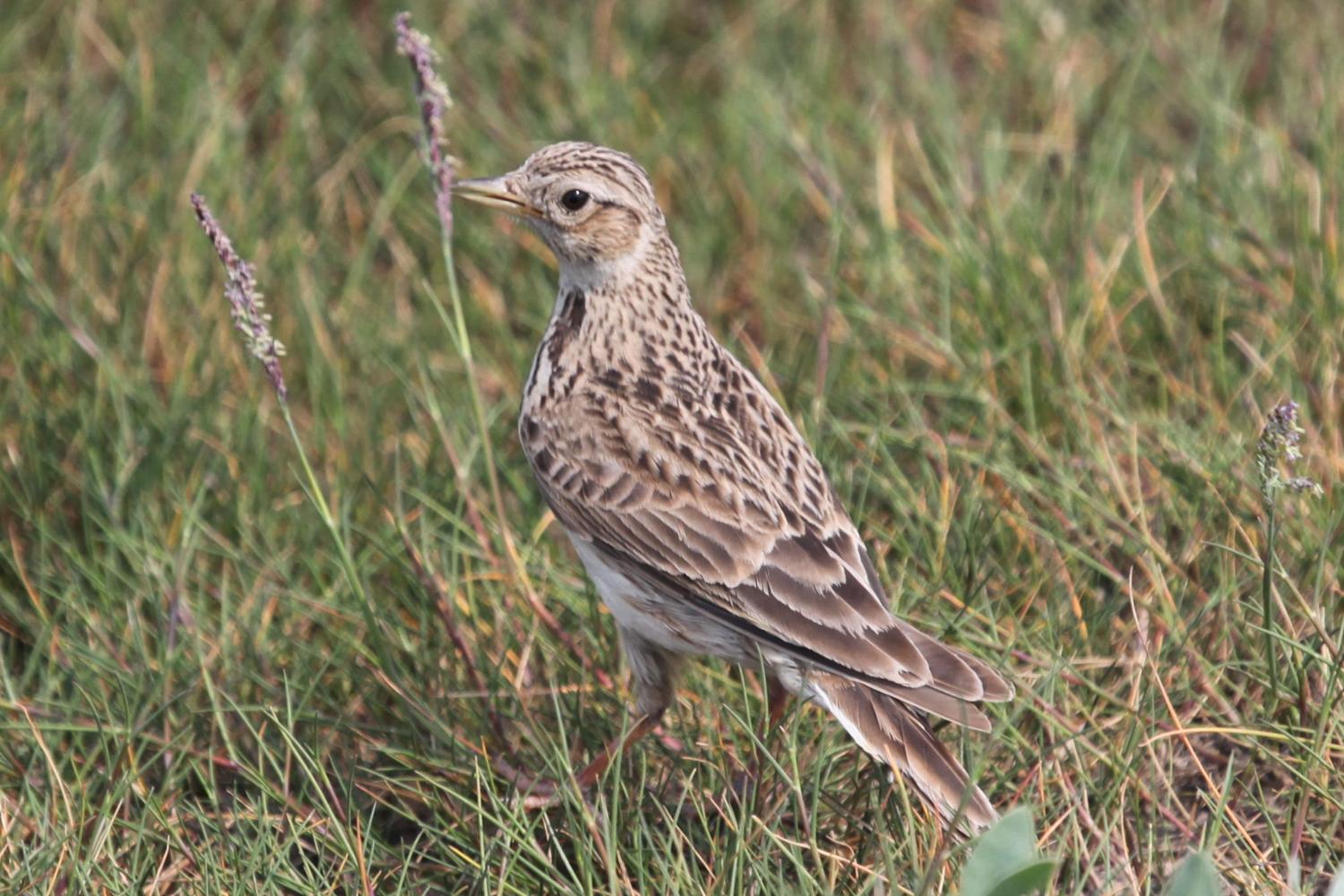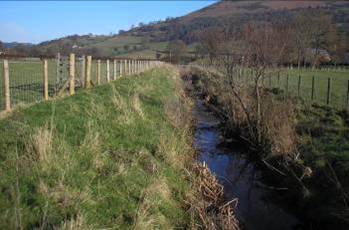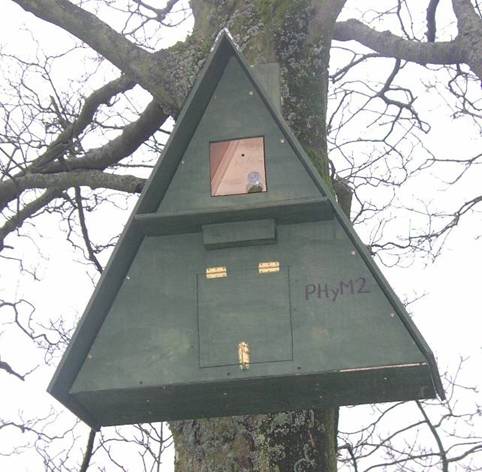Biodiversity
Related Links
Latest News
A Starring Role for Nantclwyd’s Lesser Horseshoe Bats
22.05.2015
Living Landscape Brought Back to Life
05.12.2014
Facebook Page
On the farm
Agricultural land covers around 72% of England and Wales, so the way it is managed can have a big impact on biodiversity. Farming has shaped our countryside over thousands of years and many species became adapted to life on farmed land. However in the 20th Century the intensification of agriculture has changed the countryside, making it less suitable for some species. But by working in more sensitive ways, farmers can contribute to an environment rich in wildlife.
The Farming and Wildlife Advisory Group (FWAG Cymru) is an organisation which works together with farmers and landowners to protect our countryside now and for future generations. They provide advice on land management practices and can visit your farm to discuss making changes to the way you operate.
Glastir is the Welsh Government's sustainable land management scheme which has replaced all previous agri-environment schemes. Glastir pays for the delivery of environmental goods and services aimed at combating climate change, improving water management and maintaining and enhancing biodiversity. To find out more visit the Welsh Government's website.

Below is advice for specific areas of the farm:
Rivers and streams
Poor farm management can lead to damage to rivers and streams, but by following best practice guidance the impacts can be reduced. Watercourses should be fenced off to limit access for livestock – to reduce erosion, soil compaction, siltation and algal blooms caused by animal waste. Fencing will also allow river bank vegetation to establish which will stabilise the bank and benefit wildlife. Run-off of soil, organic nutrients and inorganic chemicals into watercourses can be problematic and should be controlled. Sources of pollution should be located away from watercourses. A vegetated river bank or buffer strip will help intercept any run-off and protect the water quality.
If you have a problem with erosion you should first identify the cause and try to eliminate that. However, in some cases revetment may be required to protect the riverbank. Soft revetment options such as willow spilling, brash and coir matting are very effective and also provide opportunities for wildlife. Hard revetment should only be considered as a last resort. The Environment Agency should be contacted for advice.
Leave large woody debris in the watercourse for wildlife. Large woody debris describes the dead branches, trunks and roots of trees in a watercourse. This debris is often removed because of the perceived flood risk. Whilst in some cases it is true that large woody debris can contribute to flooding, in many cases it can be left in the watercourse causing no problems but providing a valuable habitat to wildlife.
You could create an artificial otter holt using this guide from Sussex Wildlife Trust.
Ponds and ditches
Ponds and ditches can be very beneficial to wildlife if managed in the right way. It is good practice to fence off ditches and ponds to prevent bank damage from livestock and to allow bank-side vegetation to develop. Dredging is often required to maintain ditches, but this should be phased over several years – rather than dredging the whole ditch in one go. Many agricultural ponds have been filled in over time to increase the land available for production, so reversing this trend by creating a new pond could benefit many pond species.
Field margins and boundaries
Field margins should be left wild to provide habitat for wildlife adjacent to crops or livestock, which tend to have only a few species.
Field boundaries can provide excellent wildlife habitat as well as corridors allowing movement between different areas. Hedgerows are the ideal field boundary and can support a range of species including insects, birds and mammals. You should ensure that hedges are made up of several different species and managed over time to maintain a healthy hedgerow. Birds will nest in hedgerows, so they must not be cut in the bird nesting season. Hedgelink provide detailed information and advice about managing hedgerows for wildlife. If you have dry stone walls these are great for amphibians, reptiles and invertebrates. They may also provide nest holes for birds and roosting sites for bats.
Birds and bats
A simple and effective measure to help wildlife on your land is to put up bird and bat boxes. These can be made according to specifications from  the RSPB and Bat Conservation Trust. If you would like to find out more about the North East Wales Barn Owl Project, download our leaflet at the bottom of the page or contact us. We are keen to hear from landowners who have seen barn owls on their land and would be happy for us to erect a barn owl box to monitor as part of the project.
the RSPB and Bat Conservation Trust. If you would like to find out more about the North East Wales Barn Owl Project, download our leaflet at the bottom of the page or contact us. We are keen to hear from landowners who have seen barn owls on their land and would be happy for us to erect a barn owl box to monitor as part of the project.
Buildings, especially old barns or outbuildings, can provide nest sites for other birds including swallows, house martins and house sparrows.



